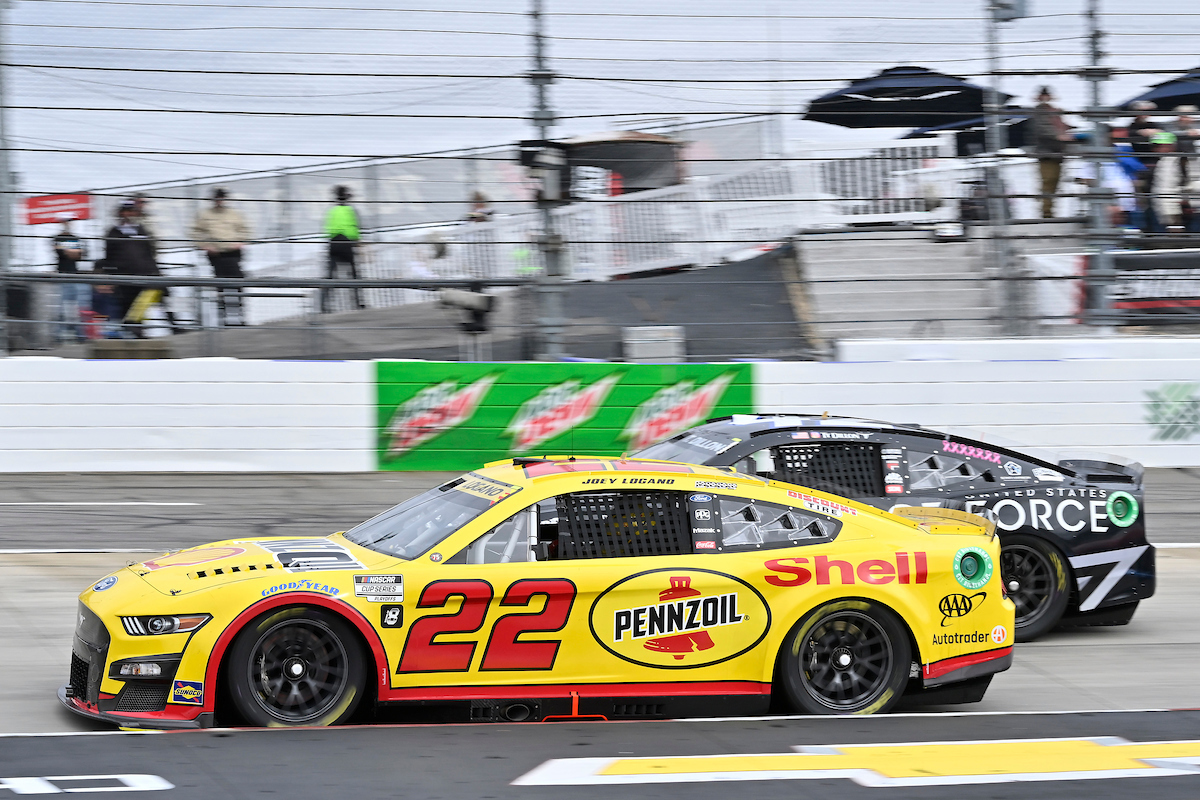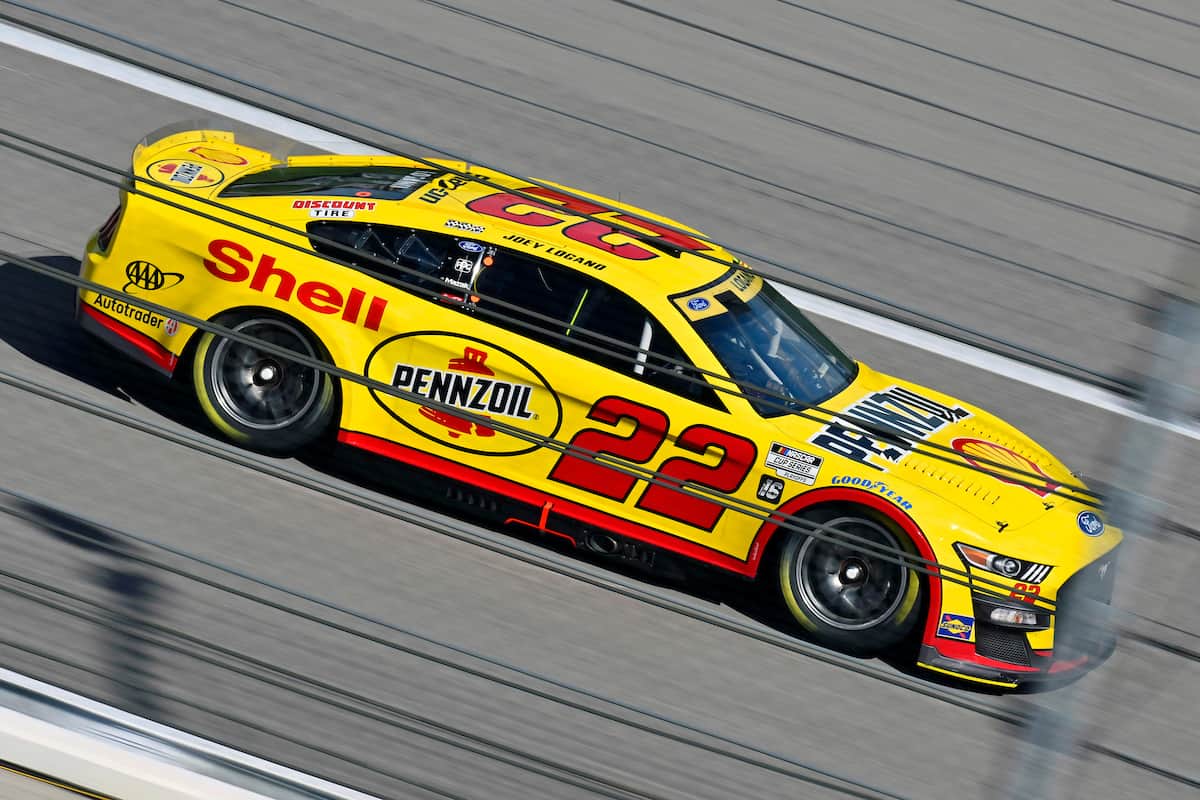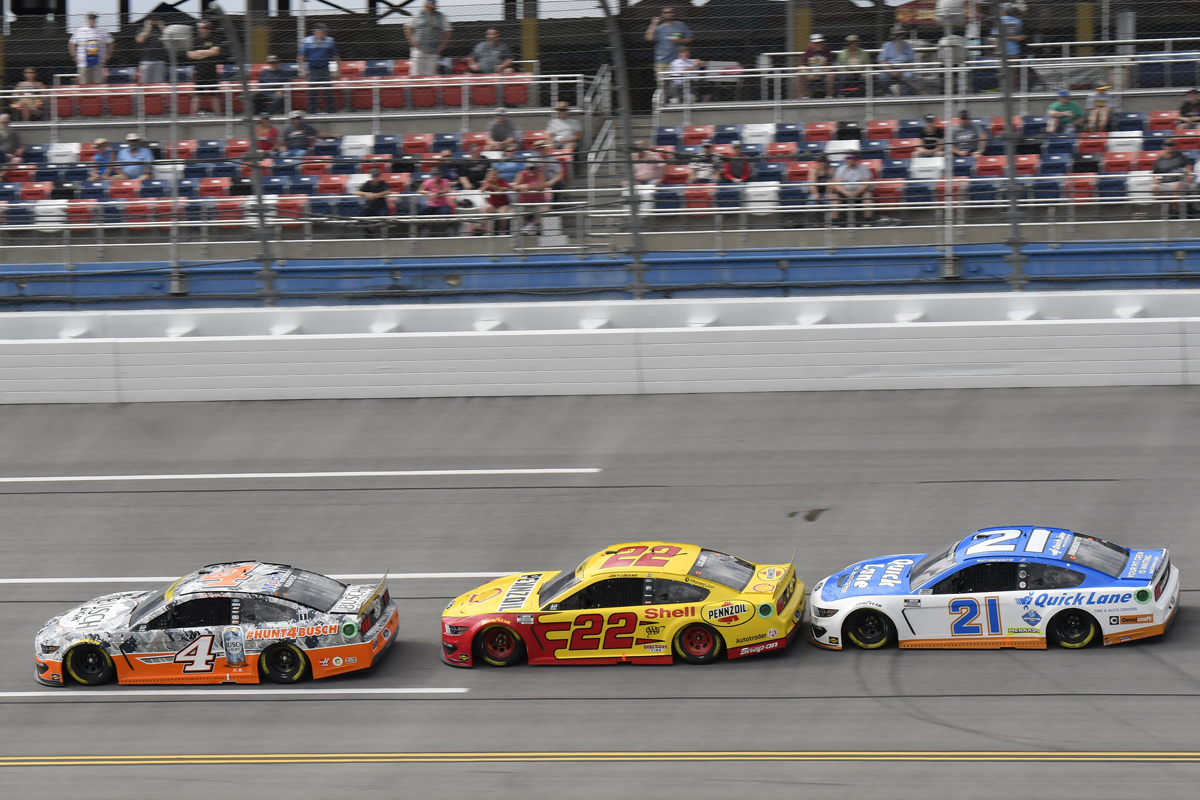How Loud Is A Nascar Race?
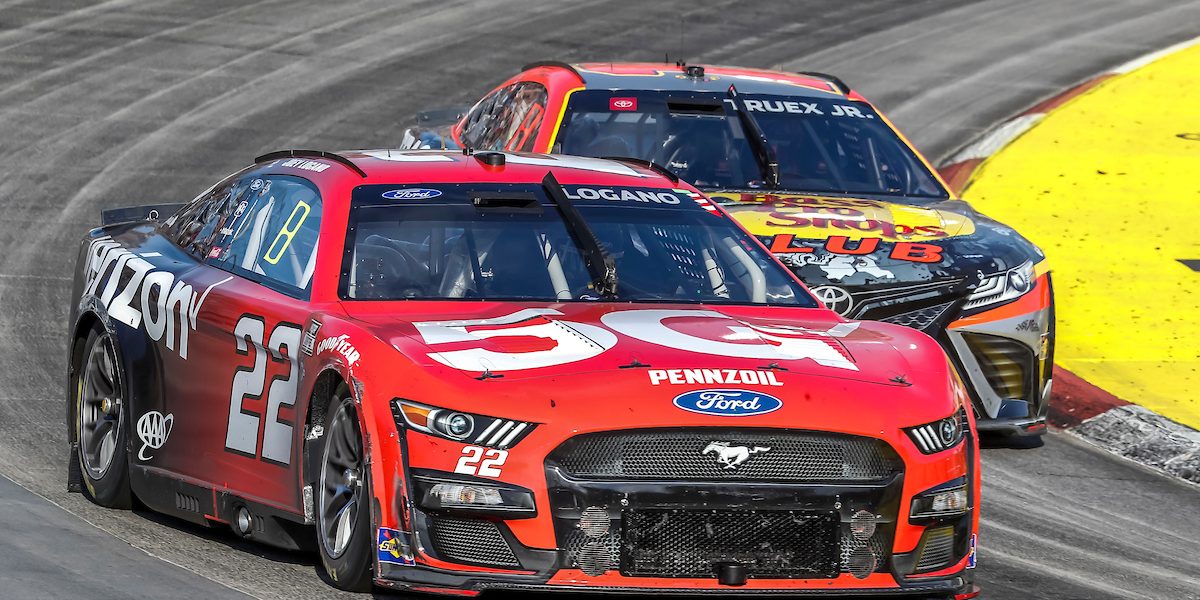
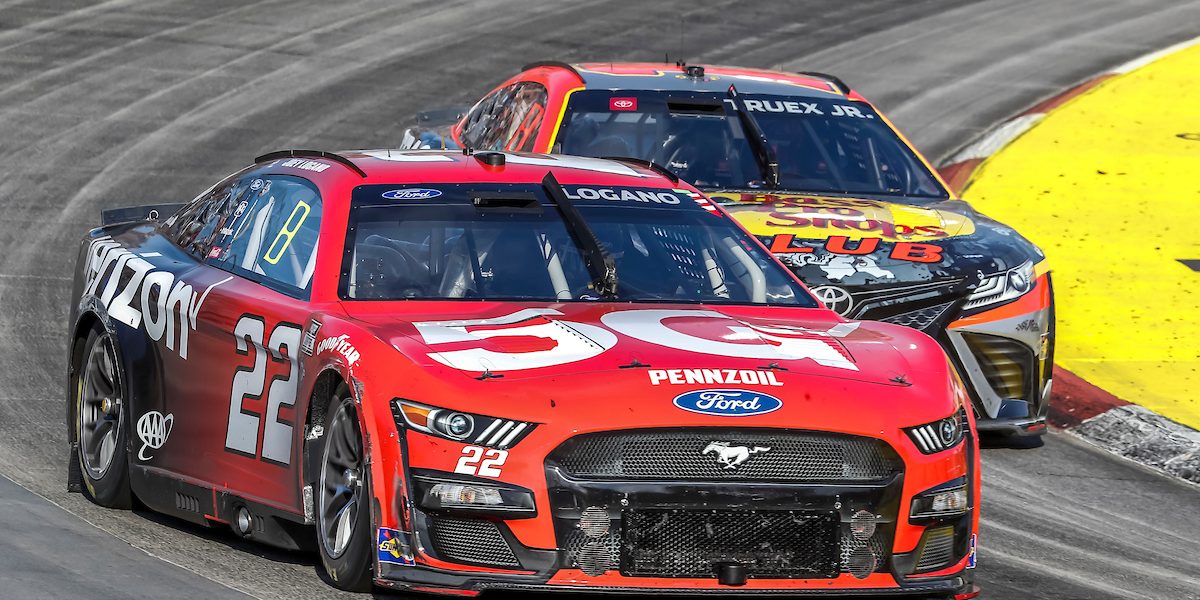
How loud is a Nascar race? While the exact loudness of a NASCAR race can vary depending on factors such as the specific track and weather conditions, most races clock in at around 100 decibels.
To put this into perspective, normal conversation occurs at approximately 60 decibels, while standing next to a running lawnmower produces noise at around 90 decibels. At levels of 100 decibels and higher, communication becomes nearly impossible, and prolonged exposure may cause hearing damage.
This article provides insight into the decibel levels experienced at NASCAR races and the potential risks they may pose to one’s hearing.
Table of Contents
Understanding Decibels and Sound Levels
Decibels (dB) are a unit of measurement used to express the intensity of sound levels. The decibel scale is logarithmic, meaning that a small change in decibels corresponds to a significant change in perceived loudness. In this section, we’ll discuss how decibels and sound levels relate to NASCAR races and provide some comparisons to put these levels into context.
Noise Level Comparison
To understand how loud a NASCAR race can be, let’s compare the sound levels produced by these events to some common everyday sounds:
- Normal conversation: 60 dB
- Lawnmower: 90 dB
- NASCAR race: 100 – 130 dB (depending on the track, weather conditions, and proximity to the track)
- Chainsaw: 130 dB
- Drag racing & Formula 1 racing: 130 – 150 dB
As seen in the comparisons above, NASCAR races are quite loud, with sound levels reaching up to 130 dB. These levels can be harmful to the human ear, with extended exposure potentially leading to hearing loss. In fact, anything above 85 dB can be damaging to the ears if the exposure lasts long enough.
It’s essential for spectators and team members to take necessary precautions, such as wearing appropriate hearing protection, to minimize the risk of hearing damage. While cheering on your favorite team and enjoying the excitement of a NASCAR race, it’s crucial to be aware of the potential dangers that come with being exposed to such high decibel levels.
The Noise Level at a NASCAR Race
Engines
A NASCAR race is considered to be extremely loud, with the noise levels typically measuring around 100 dB. To put this into perspective, an average rock concert or a chainsaw creates a similar noise level of around 105 decibels (dB). When it comes to the engines themselves, a full throttle NASCAR in the pits can generate noise levels as high as 130 dB.
The sound intensity of a NASCAR race is not constant, with variations in noise levels depending on factors such as the engine type, proximity to the track, and other ambient sounds. Formula 1 engines, for example, can reach noise levels between 130-145 dB, depending on the engine.
Activities Contributing to Noise
Aside from the engines, there are several activities that contribute to the overall noise level at a NASCAR race. Some of these activities include:
- Pit stops: The pit crew works quickly and efficiently to change tires and refuel the cars. The noise from the air guns, tire changers, and other tools adds to the overall noise level.
- Crowds: Enthusiastic fans cheering for their favorite drivers can create a significant amount of noise, which also contributes to the overall loudness of a NASCAR event. The noise from the crowd varies depending on the track’s size and location, as well as the enthusiasm of the fans.
- Announcers and sound systems: The announcers’ voices and the music played through the sound system at the track add to the noise level. These sounds are essential for keeping fans informed and entertained during the race.
As you can see, numerous factors contribute to the overall noise level at a NASCAR race. To prevent hearing damage or discomfort, it is highly recommended that spectators wear ear protection during the race. It’s important to note that exposure to noise levels above 90 dB can cause hearing loss after sustained exposure, making hearing protection an essential part of attending a NASCAR event.
Effects of Prolonged Exposure to NASCAR Noise
Prolonged exposure to high noise levels during NASCAR races can have significant impacts on the hearing health of both spectators and race team members. In this section, we will discuss the potential hearing issues that arise from attending NASCAR events, such as hearing loss and tinnitus.
Hearing Loss
Hearing loss can occur after being exposed to loud noises for an extended period of time. For example, exposure to noise levels above 85 decibels for 40 hours per week can cause damage to a person’s hearing. During a NASCAR race, noise levels can range from 96.5 to 104 decibels at 150 feet from the track and 99 to 109 decibels at just 20 feet from the track. It is important to note that a three-hour race can expose spectators to about 180 minutes of noise levels measuring around 100 decibels.
Race team members are also at a high risk for hearing loss due to their frequent and extended exposure to loud noise levels during race events. They can receive 12 to 21 hours of intensive noise exposure every week for up to 40 consecutive weeks, which can have detrimental effects on their hearing.
Key Points:
- Spectators and race team members are exposed to high noise levels during NASCAR races
- Noise exposure can range from 96.5 to 109 decibels, depending on the distance from the track
- Prolonged exposure to noise levels above 85 decibels can lead to hearing loss
Tinnitus
Tinnitus, the perception of ringing or buzzing in the ears, is another potential consequence of prolonged exposure to loud noises during NASCAR races. While tinnitus can be temporary or persistent, it is often a warning sign that a person’s hearing has been damaged. People who attend NASCAR races or work closely with the vehicles during race events may experience tinnitus after being exposed to the high decibel levels for extended periods of time. Wearing hearing protection can help to reduce the risk of developing tinnitus and other hearing issues associated with loud noise exposure.
Key Points:
- Tinnitus can be a warning sign of hearing damage
- Prolonged exposure to loud noises during NASCAR events can lead to tinnitus
- Wearing hearing protection can help to mitigate the risk of developing tinnitus and other hearing issues
Protective Measures for Spectators
Attending a NASCAR race can be an exhilarating experience, but it can also be potentially harmful to your hearing due to the high decibel levels. For the safety of spectators, taking proper precautions like using earplugs and choosing the right headphones is essential to protect their hearing.
Using Earplugs
During a NASCAR race, noise levels can reach up to 130 decibels, which is well above the human hearing threshold for pain. To protect your hearing, it is highly recommended to use earplugs while attending the event. Earplugs can significantly reduce the volume of noise that reaches your ears, helping to prevent hearing damage. Some key points about earplugs include:
- Opt for foam or silicone earplugs that create a snug seal in the ear canal
- Consider using custom-fitted earplugs for increased comfort and noise reduction
- Replace disposable earplugs as needed and clean reusable ones regularly
Choosing the Right Headphones
For those who prefer headphones over earplugs, noise-canceling headphones can also provide effective hearing protection at NASCAR races. These devices work by using active noise control technology to block out external sounds, allowing you to enjoy the race without exposing your ears to harmful noise levels. When selecting headphones, keep the following factors in mind:
- Pick over-the-ear headphones that provide a tight seal for optimal noise-canceling efficiency
- Test the noise-canceling function before the race to ensure it works well and is comfortable to wear
- Charge the headphones ahead of time and bring backup batteries if required, as the noise-canceling feature may rely on battery power.
Following these protective measures will ensure that spectators can enjoy the excitement of a NASCAR race without compromising their hearing health.
Additional Factors Affecting NASCAR Noise
Race Tracks and Sound Barriers
Different race tracks can impact the overall noise level at NASCAR races. While the cars themselves create a significant amount of noise, the tracks’ design and the presence of sound barriers also play a role in determining the decibel levels experienced by the audience. Tracks with more turns or elevation changes can cause fluctuations in the noise levels, as the cars speed up, slow down, and maneuver through these sections.
Some tracks feature natural or artificial sound barriers, such as hills, walls, or foliage, which help mitigate the noise experienced by spectators. For example, a race track with a large hill may have lower noise levels compared to a flat track without any barriers, as the hill can absorb and redirect some of the sound waves.
The Role of the Pits
The pit area also contributes to the overall noise level at NASCAR races. During a race, cars frequently enter and exit the pits for maintenance, refueling, and tire changes. The operations performed in the pit area are typically loud, as mechanics use high-powered tools and equipment to service the vehicles quickly. Additionally, the cars’ engines are often still running while in the pits, which further adds to the noise.
While NASCAR races are known for their high-intensity noise levels, various additional factors, such as the track design and pit activities, can influence the overall noise experience for the audience. To ensure a safe and comfortable experience, it is crucial for spectators to protect their hearing with earplugs or earmuffs during a race.







